- Cigarette Market By Type (USD Billion, 2019-2035)
- Combustible
- Non-Combustible
- Cigars
- Bidis
- Cigarette Market By Flavor (USD Billion, 2019-2035)
- Cigarette Market By Material (USD Billion, 2019-2035)
- Cigarette Market By Distribution Channel (USD Billion, 2019-2035)
- Supermarkets
- Convenience Stores
- Online
- Cigarette Market By Regional (USD Billion, 2019-2035)
- North America
- Europe
- South America
- Asia Pacific
- Middle East and Africa
North America Outlook (USD Billion, 2019-2035)
North America Cigarette Market by Type
Combustible
Non-Combustible
Cigars
Bidis
North America Cigarette Market by Flavor Type
Menthol
Regular
Fruit
Spice
North America Cigarette Market by Material Type
Tobacco
Herbal
Synthetic
North America Cigarette Market by Distribution Channel Type
Supermarkets
Convenience Stores
Online
North America Cigarette Market by Regional Type
US
Canada
US Outlook (USD Billion, 2019-2035)
US Cigarette Market by Type
Combustible
Non-Combustible
Cigars
Bidis
US Cigarette Market by Flavor Type
Menthol
Regular
Fruit
Spice
US Cigarette Market by Material Type
Tobacco
Herbal
Synthetic
US Cigarette Market by Distribution Channel Type
Supermarkets
Convenience Stores
Online
CANADA Outlook (USD Billion, 2019-2035)
CANADA Cigarette Market by Type
Combustible
Non-Combustible
Cigars
Bidis
CANADA Cigarette Market by Flavor Type
Menthol
Regular
Fruit
Spice
CANADA Cigarette Market by Material Type
Tobacco
Herbal
Synthetic
CANADA Cigarette Market by Distribution Channel Type
Supermarkets
Convenience Stores
Online
Europe Outlook (USD Billion, 2019-2035)
Europe Cigarette Market by Type
Combustible
Non-Combustible
Cigars
Bidis
Europe Cigarette Market by Flavor Type
Menthol
Regular
Fruit
Spice
Europe Cigarette Market by Material Type
Tobacco
Herbal
Synthetic
Europe Cigarette Market by Distribution Channel Type
Supermarkets
Convenience Stores
Online
Europe Cigarette Market by Regional Type
Germany
UK
France
Russia
Italy
Spain
Rest of Europe
GERMANY Outlook (USD Billion, 2019-2035)
GERMANY Cigarette Market by Type
Combustible
Non-Combustible
Cigars
Bidis
GERMANY Cigarette Market by Flavor Type
Menthol
Regular
Fruit
Spice
GERMANY Cigarette Market by Material Type
Tobacco
Herbal
Synthetic
GERMANY Cigarette Market by Distribution Channel Type
Supermarkets
Convenience Stores
Online
UK Outlook (USD Billion, 2019-2035)
UK Cigarette Market by Type
Combustible
Non-Combustible
Cigars
Bidis
UK Cigarette Market by Flavor Type
Menthol
Regular
Fruit
Spice
UK Cigarette Market by Material Type
Tobacco
Herbal
Synthetic
UK Cigarette Market by Distribution Channel Type
Supermarkets
Convenience Stores
Online
FRANCE Outlook (USD Billion, 2019-2035)
FRANCE Cigarette Market by Type
Combustible
Non-Combustible
Cigars
Bidis
FRANCE Cigarette Market by Flavor Type
Menthol
Regular
Fruit
Spice
FRANCE Cigarette Market by Material Type
Tobacco
Herbal
Synthetic
FRANCE Cigarette Market by Distribution Channel Type
Supermarkets
Convenience Stores
Online
RUSSIA Outlook (USD Billion, 2019-2035)
RUSSIA Cigarette Market by Type
Combustible
Non-Combustible
Cigars
Bidis
RUSSIA Cigarette Market by Flavor Type
Menthol
Regular
Fruit
Spice
RUSSIA Cigarette Market by Material Type
Tobacco
Herbal
Synthetic
RUSSIA Cigarette Market by Distribution Channel Type
Supermarkets
Convenience Stores
Online
ITALY Outlook (USD Billion, 2019-2035)
ITALY Cigarette Market by Type
Combustible
Non-Combustible
Cigars
Bidis
ITALY Cigarette Market by Flavor Type
Menthol
Regular
Fruit
Spice
ITALY Cigarette Market by Material Type
Tobacco
Herbal
Synthetic
ITALY Cigarette Market by Distribution Channel Type
Supermarkets
Convenience Stores
Online
SPAIN Outlook (USD Billion, 2019-2035)
SPAIN Cigarette Market by Type
Combustible
Non-Combustible
Cigars
Bidis
SPAIN Cigarette Market by Flavor Type
Menthol
Regular
Fruit
Spice
SPAIN Cigarette Market by Material Type
Tobacco
Herbal
Synthetic
SPAIN Cigarette Market by Distribution Channel Type
Supermarkets
Convenience Stores
Online
REST OF EUROPE Outlook (USD Billion, 2019-2035)
REST OF EUROPE Cigarette Market by Type
Combustible
Non-Combustible
Cigars
Bidis
REST OF EUROPE Cigarette Market by Flavor Type
Menthol
Regular
Fruit
Spice
REST OF EUROPE Cigarette Market by Material Type
Tobacco
Herbal
Synthetic
REST OF EUROPE Cigarette Market by Distribution Channel Type
Supermarkets
Convenience Stores
Online
APAC Outlook (USD Billion, 2019-2035)
APAC Cigarette Market by Type
Combustible
Non-Combustible
Cigars
Bidis
APAC Cigarette Market by Flavor Type
Menthol
Regular
Fruit
Spice
APAC Cigarette Market by Material Type
Tobacco
Herbal
Synthetic
APAC Cigarette Market by Distribution Channel Type
Supermarkets
Convenience Stores
Online
APAC Cigarette Market by Regional Type
China
India
Japan
South Korea
Malaysia
Thailand
Indonesia
Rest of APAC
CHINA Outlook (USD Billion, 2019-2035)
CHINA Cigarette Market by Type
Combustible
Non-Combustible
Cigars
Bidis
CHINA Cigarette Market by Flavor Type
Menthol
Regular
Fruit
Spice
CHINA Cigarette Market by Material Type
Tobacco
Herbal
Synthetic
CHINA Cigarette Market by Distribution Channel Type
Supermarkets
Convenience Stores
Online
INDIA Outlook (USD Billion, 2019-2035)
INDIA Cigarette Market by Type
Combustible
Non-Combustible
Cigars
Bidis
INDIA Cigarette Market by Flavor Type
Menthol
Regular
Fruit
Spice
INDIA Cigarette Market by Material Type
Tobacco
Herbal
Synthetic
INDIA Cigarette Market by Distribution Channel Type
Supermarkets
Convenience Stores
Online
JAPAN Outlook (USD Billion, 2019-2035)
JAPAN Cigarette Market by Type
Combustible
Non-Combustible
Cigars
Bidis
JAPAN Cigarette Market by Flavor Type
Menthol
Regular
Fruit
Spice
JAPAN Cigarette Market by Material Type
Tobacco
Herbal
Synthetic
JAPAN Cigarette Market by Distribution Channel Type
Supermarkets
Convenience Stores
Online
SOUTH KOREA Outlook (USD Billion, 2019-2035)
SOUTH KOREA Cigarette Market by Type
Combustible
Non-Combustible
Cigars
Bidis
SOUTH KOREA Cigarette Market by Flavor Type
Menthol
Regular
Fruit
Spice
SOUTH KOREA Cigarette Market by Material Type
Tobacco
Herbal
Synthetic
SOUTH KOREA Cigarette Market by Distribution Channel Type
Supermarkets
Convenience Stores
Online
MALAYSIA Outlook (USD Billion, 2019-2035)
MALAYSIA Cigarette Market by Type
Combustible
Non-Combustible
Cigars
Bidis
MALAYSIA Cigarette Market by Flavor Type
Menthol
Regular
Fruit
Spice
MALAYSIA Cigarette Market by Material Type
Tobacco
Herbal
Synthetic
MALAYSIA Cigarette Market by Distribution Channel Type
Supermarkets
Convenience Stores
Online
THAILAND Outlook (USD Billion, 2019-2035)
THAILAND Cigarette Market by Type
Combustible
Non-Combustible
Cigars
Bidis
THAILAND Cigarette Market by Flavor Type
Menthol
Regular
Fruit
Spice
THAILAND Cigarette Market by Material Type
Tobacco
Herbal
Synthetic
THAILAND Cigarette Market by Distribution Channel Type
Supermarkets
Convenience Stores
Online
INDONESIA Outlook (USD Billion, 2019-2035)
INDONESIA Cigarette Market by Type
Combustible
Non-Combustible
Cigars
Bidis
INDONESIA Cigarette Market by Flavor Type
Menthol
Regular
Fruit
Spice
INDONESIA Cigarette Market by Material Type
Tobacco
Herbal
Synthetic
INDONESIA Cigarette Market by Distribution Channel Type
Supermarkets
Convenience Stores
Online
REST OF APAC Outlook (USD Billion, 2019-2035)
REST OF APAC Cigarette Market by Type
Combustible
Non-Combustible
Cigars
Bidis
REST OF APAC Cigarette Market by Flavor Type
Menthol
Regular
Fruit
Spice
REST OF APAC Cigarette Market by Material Type
Tobacco
Herbal
Synthetic
REST OF APAC Cigarette Market by Distribution Channel Type
Supermarkets
Convenience Stores
Online
South America Outlook (USD Billion, 2019-2035)
South America Cigarette Market by Type
Combustible
Non-Combustible
Cigars
Bidis
South America Cigarette Market by Flavor Type
Menthol
Regular
Fruit
Spice
South America Cigarette Market by Material Type
Tobacco
Herbal
Synthetic
South America Cigarette Market by Distribution Channel Type
Supermarkets
Convenience Stores
Online
South America Cigarette Market by Regional Type
Brazil
Mexico
Argentina
Rest of South America
BRAZIL Outlook (USD Billion, 2019-2035)
BRAZIL Cigarette Market by Type
Combustible
Non-Combustible
Cigars
Bidis
BRAZIL Cigarette Market by Flavor Type
Menthol
Regular
Fruit
Spice
BRAZIL Cigarette Market by Material Type
Tobacco
Herbal
Synthetic
BRAZIL Cigarette Market by Distribution Channel Type
Supermarkets
Convenience Stores
Online
MEXICO Outlook (USD Billion, 2019-2035)
MEXICO Cigarette Market by Type
Combustible
Non-Combustible
Cigars
Bidis
MEXICO Cigarette Market by Flavor Type
Menthol
Regular
Fruit
Spice
MEXICO Cigarette Market by Material Type
Tobacco
Herbal
Synthetic
MEXICO Cigarette Market by Distribution Channel Type
Supermarkets
Convenience Stores
Online
ARGENTINA Outlook (USD Billion, 2019-2035)
ARGENTINA Cigarette Market by Type
Combustible
Non-Combustible
Cigars
Bidis
ARGENTINA Cigarette Market by Flavor Type
Menthol
Regular
Fruit
Spice
ARGENTINA Cigarette Market by Material Type
Tobacco
Herbal
Synthetic
ARGENTINA Cigarette Market by Distribution Channel Type
Supermarkets
Convenience Stores
Online
REST OF SOUTH AMERICA Outlook (USD Billion, 2019-2035)
REST OF SOUTH AMERICA Cigarette Market by Type
Combustible
Non-Combustible
Cigars
Bidis
REST OF SOUTH AMERICA Cigarette Market by Flavor Type
Menthol
Regular
Fruit
Spice
REST OF SOUTH AMERICA Cigarette Market by Material Type
Tobacco
Herbal
Synthetic
REST OF SOUTH AMERICA Cigarette Market by Distribution Channel Type
Supermarkets
Convenience Stores
Online
MEA Outlook (USD Billion, 2019-2035)
MEA Cigarette Market by Type
Combustible
Non-Combustible
Cigars
Bidis
MEA Cigarette Market by Flavor Type
Menthol
Regular
Fruit
Spice
MEA Cigarette Market by Material Type
Tobacco
Herbal
Synthetic
MEA Cigarette Market by Distribution Channel Type
Supermarkets
Convenience Stores
Online
MEA Cigarette Market by Regional Type
GCC Countries
South Africa
Rest of MEA
GCC COUNTRIES Outlook (USD Billion, 2019-2035)
GCC COUNTRIES Cigarette Market by Type
Combustible
Non-Combustible
Cigars
Bidis
GCC COUNTRIES Cigarette Market by Flavor Type
Menthol
Regular
Fruit
Spice
GCC COUNTRIES Cigarette Market by Material Type
Tobacco
Herbal
Synthetic
GCC COUNTRIES Cigarette Market by Distribution Channel Type
Supermarkets
Convenience Stores
Online
SOUTH AFRICA Outlook (USD Billion, 2019-2035)
SOUTH AFRICA Cigarette Market by Type
Combustible
Non-Combustible
Cigars
Bidis
SOUTH AFRICA Cigarette Market by Flavor Type
Menthol
Regular
Fruit
Spice
SOUTH AFRICA Cigarette Market by Material Type
Tobacco
Herbal
Synthetic
SOUTH AFRICA Cigarette Market by Distribution Channel Type
Supermarkets
Convenience Stores
Online
REST OF MEA Outlook (USD Billion, 2019-2035)
REST OF MEA Cigarette Market by Type
Combustible
Non-Combustible
Cigars
Bidis
REST OF MEA Cigarette Market by Flavor Type
Menthol
Regular
Fruit
Spice
REST OF MEA Cigarette Market by Material Type
Tobacco
Herbal
Synthetic
REST OF MEA Cigarette Market by Distribution Channel Type
Supermarkets
Convenience Stores
Online

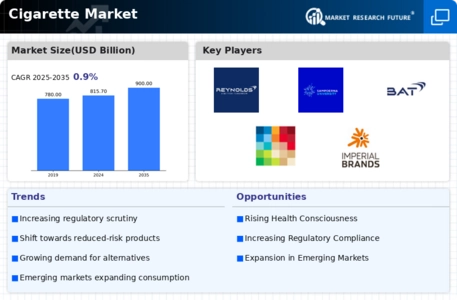
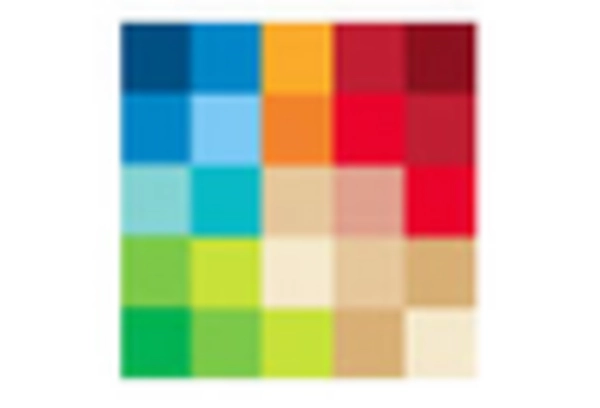
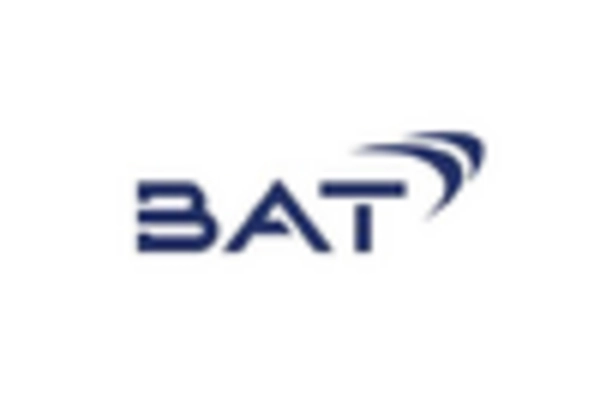
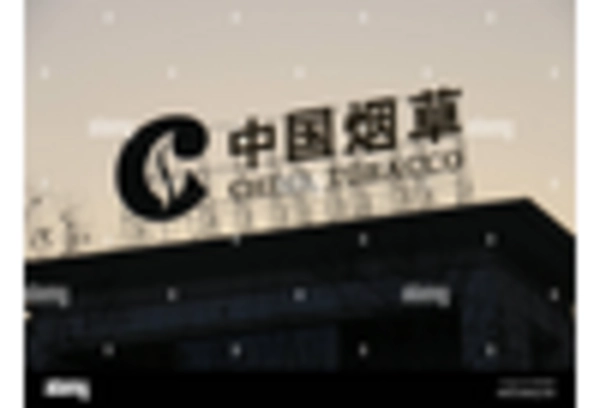
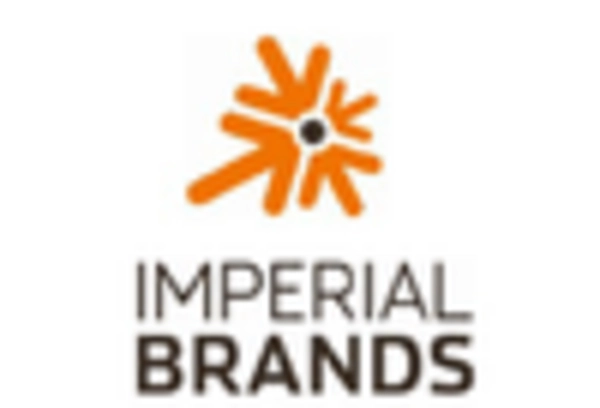
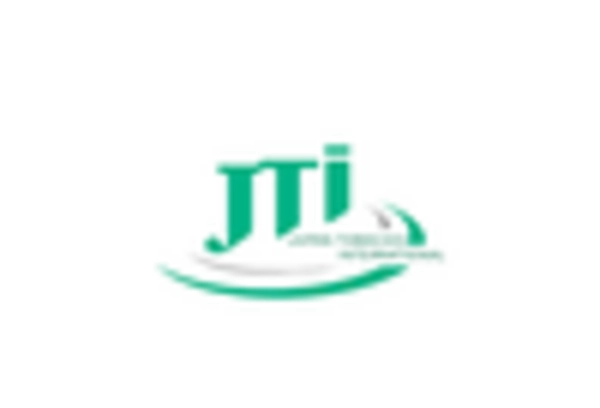
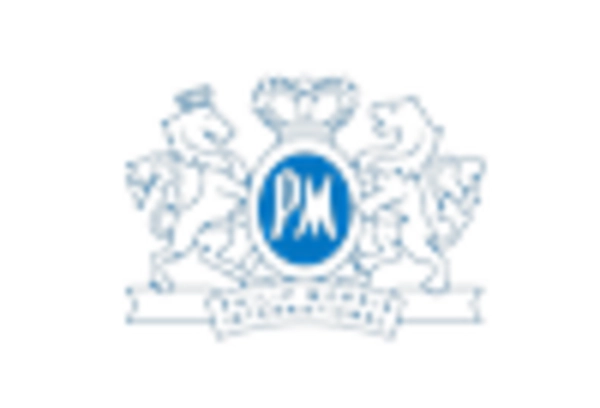
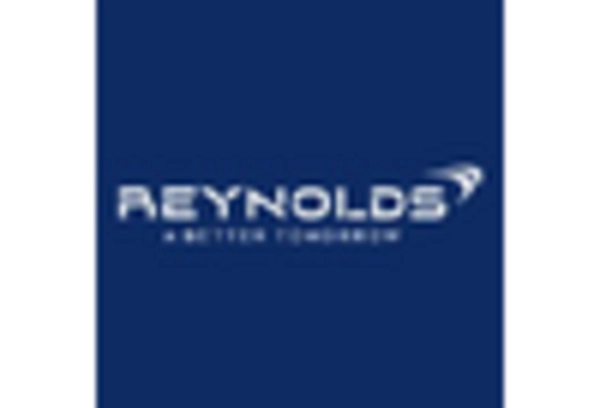









Leave a Comment